
Picture This


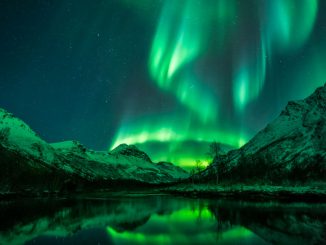
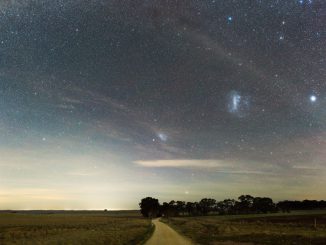

Barely bisected rings
Saturn’s shadow stretched beyond the edge of its rings for many years after the NASA/ESA/ASI Cassini spacecraft first arrived at Saturn, casting an ever-lengthening shadow that reached its maximum extent at the planet’s 2009 equinox. This image captured the moment in 2015 when the shrinking shadow just barely reached across the entire main ring system.

Monster lurks at the core of a lenticular galaxy
This scene captured by the NASA/ESA Hubble Space Telescope shows PGC 83677, a lenticular galaxy — a galaxy type that sits between the more familiar elliptical and spiral varieties in the Hubble sequence. Studies have uncovered signs of a monstrous black hole in the core of PGC 83677 that is spewing out high-energy X-rays and ultraviolet light.

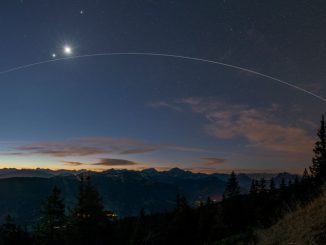
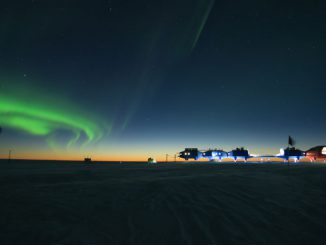
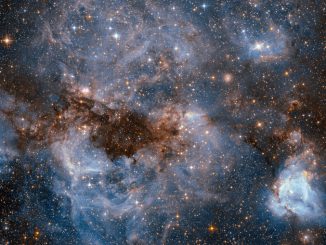
Hubble peers into the maelstrom
This NASA/ESA Hubble Space Telescope image shows a stellar nursery known as N159 — a maelstrom of glowing gas and dark dust within one of the Milky Way’s satellite galaxies, the Large Magellanic Cloud (LMC). N159 is located over 160,000 light-years away. It resides just south of the Tarantula Nebula, another massive star-forming complex within the LMC.
